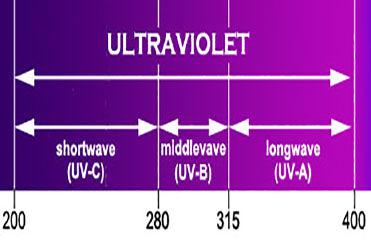

Black lights are by far the most efficient way to charge glow in the dark paint and it is mandatory for fluorescent UV Reactive paint.
Anyone using phosphorescent or fluorescent paint and wants the best results possible will also need to understand black lights and the long wave ultraviolet light they emit. Unfortunately, manufacturers use the words “Black Light” and “UV” carelessly and confusion follows.
This problem has dramatically increased recently with the advent of falsely labeled UV LED’s. This article will discuss various bulbs and give you the information to choose an efficient black light for your project.
THE SPECTRUM
The colors visible to humans are determined by the wavelength of light energy. Unlike some insects, humans can only view the spectrum from red to violet. However, other invisible “colors” exist above and below this spectrum. The color above red is called infra-red and the color below violet is called ultraviolet. Ultraviolet light will cause fluorescent or phosphorescent pigments to fluoresce, emitting visible light.
The ultraviolet spectrum is broken down into subcategories depending on wavelength:
- 450 - 400 nm Violet, (visible light)
- 400 - 320 nm UVA, Long Wave, Black Light
- 320 - 280 nm UVB, Medium Wave
- 280 - 100 nm Short Wave
Long wave ultraviolet (UVA) used for true black lights is relatively safe on the eyes. Medium and short wave ultraviolet light can lead to eye damage.
The ideal black light has the shortest wavelength possible without going below the dangerous 320 nm threshold and has minimal visible light (above 400 nm). Traditional black lights emit an average wavelength of 365nm and have a filter to eliminate anything below 320 nm and put our less visible light to make UV reactive products "pop" with color. 365nm is the range where most our products perform the best.
BLACK LIGHT VS. BLACK LIGHT BLUE
Terms for black light bulbs are a bit different than for the fixtures. Black light fixtures contain a bulb called a "Black Light Blue" or BLB bulb. This bulb uses cobalt blue glass and emits very little purple visible light in addition to the long wave ultraviolet light.
There are also "Black Light" or BL bulbs. These bulbs are made of a clear glass and emit a relatively large amount of blue visible light along with the long wave ultraviolet light. BL bulbs are often used in bug catchers.
BL bulbs emit more long wave UV than BLB bulbs. However, it is hard to see objects fluoresce due to the large volume of visible light. In addition, Blacklight bulbs will cause your 'night vision' to readjust to the bright light. The result is that when you turn a BL light off, your glow in the dark items will appear to glow less.
REFLECTION
Long wave ultraviolet light does reflect efficiently off of mirrored surfaces. Like visible light, it retains 80-90% of its brightness with a good mirror. Most polished metal surfaces and cheap plastic mirrors only reflect 60-70%. Medium and short wave ultraviolet will not reflect in a mirror due to passing through the glass.
ULTRAVIOLET LIGHT SOURCES
The sun and almost all types of white light bulbs emit some long wave ultraviolet light. That is why the sun and most light bulbs can charge phosphorescent paint. This article is going to focus on the bulbs, known as black lights, that are designed to primarily emit long wave ultraviolet light.
LED
The wavelength of light emitted from an LED is very specific. When you buy an LED, you can specify exactly what wavelength you wish it to emit. Ideally, for black lights, you would use 365nm LED’s. Therefore, you would assume that manufacturers of black light products would stick to that wavelength. But many don't..
A 365 nm LED is only about 20% efficient as a 405 nm LED. Individual 365 nm LED's are also relatively expensive. Therefore, manufacturers need a massive number of expensive LEDs to create a decent LED Blacklight. Furthermore, light from true 365 nm LED’s is not visible and therefore uneducated consumers are not happy with the 'light output' and therefore flashlight manufacturers incorporate 395-405nm LEDs or a mix of 365nm and higher to cheapen manufacturing and "show" the purple light most consumers view as powerful UV lamp. But in reality, they offer a greatly diminished role as a UV light.
LED’s use relatively low electricity and emit almost no heat. They turn on instantly and can be very bright. They also have an extremely long bulb life. If you select an LED fixture, you just need to make sure that the product you are buying includes 365 nm LED’s.
INCANDESCENT BULBS
Incandescent black lights are created by taking a regular white light bulb and adding a coating to filter the visible light, passing only long wave UV light. Since less than 2% of the light is emitted as long wave UV, they are very poor black lights. Mostly useless for anything but a purple bulb.
Black light and white light fluorescent tubes are very similar. The mercury inside of all fluorescent tubes primarily emits UV light (long, medium and short).
For white lights, the inside of the tube is coated with fluorescent phosphors to convert UV light to visible white light. The glass of the tube filters any remaining medium and short wave UV.
The phosphors in a black light fluorescent tube convert all of the UV light to long wave UV. For most black lights, a coating on the exterior filters any excess visible light (above 400 nm). The result is an extremely efficient, inexpensive black light.
Fluorescent tubes vary by both length and thickness. Popular black light thicknesses are T-8 (1”) and T-12 (1.5”). Contrary to instinct, T-8 bulbs, using newer technology, are brighter, more efficient, flicker less, and can start in colder temperatures. Therefore, there is no reason to buy a T-12 bulb or fixture anymore. The only problem with full size fluorescent tubes as black lights is that they are large and delicate.
COMPACT FLUORESCENT
CFL (compact fluorescent) bulbs are just miniature fluorescent tubes. True black light versions are available and share the characteristics of the larger tubes. Light output and wavelength varies greatly between brands and styles.
Black light CFL bulbs screw into a standard light socket and typically use 25-40 watts of power.
Unfortunately, the majority of CFL 'black lights' are actually regular white CFL bulbs dipped into a coating that filters all non-violet light.The mercury inside these bulbs creates ideal UV light. The phosphors convert the UV light to white light. The coating filters all of the white light except violet. Only about 6% of light makes it out of the bulb rendering it completely useless.
If you need an inexpensive black light to use with your glow in the dark or fluorescent creations, then stick to full size or compact fluorescent tubes which will provide the best results using UV reactive paints. LED fixtures or bulbs are an excellent alternative. However, you must make sure they incorporate 365 nm LED’s.
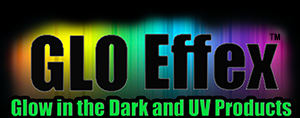
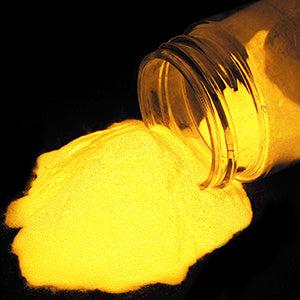
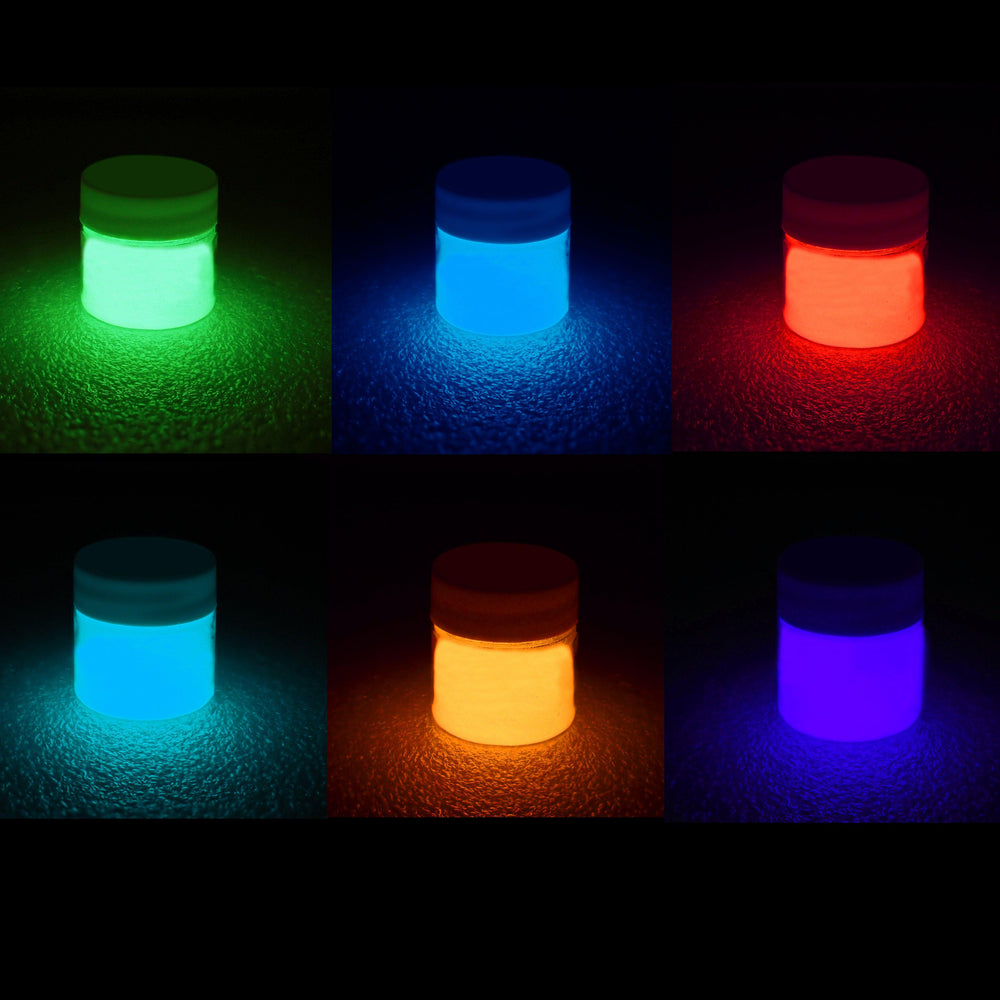
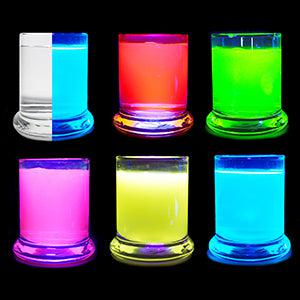
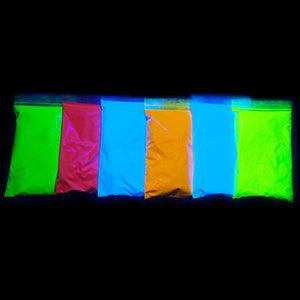
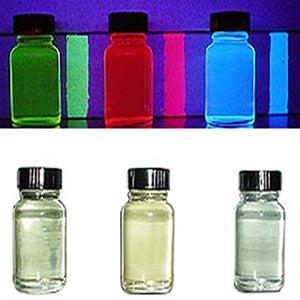
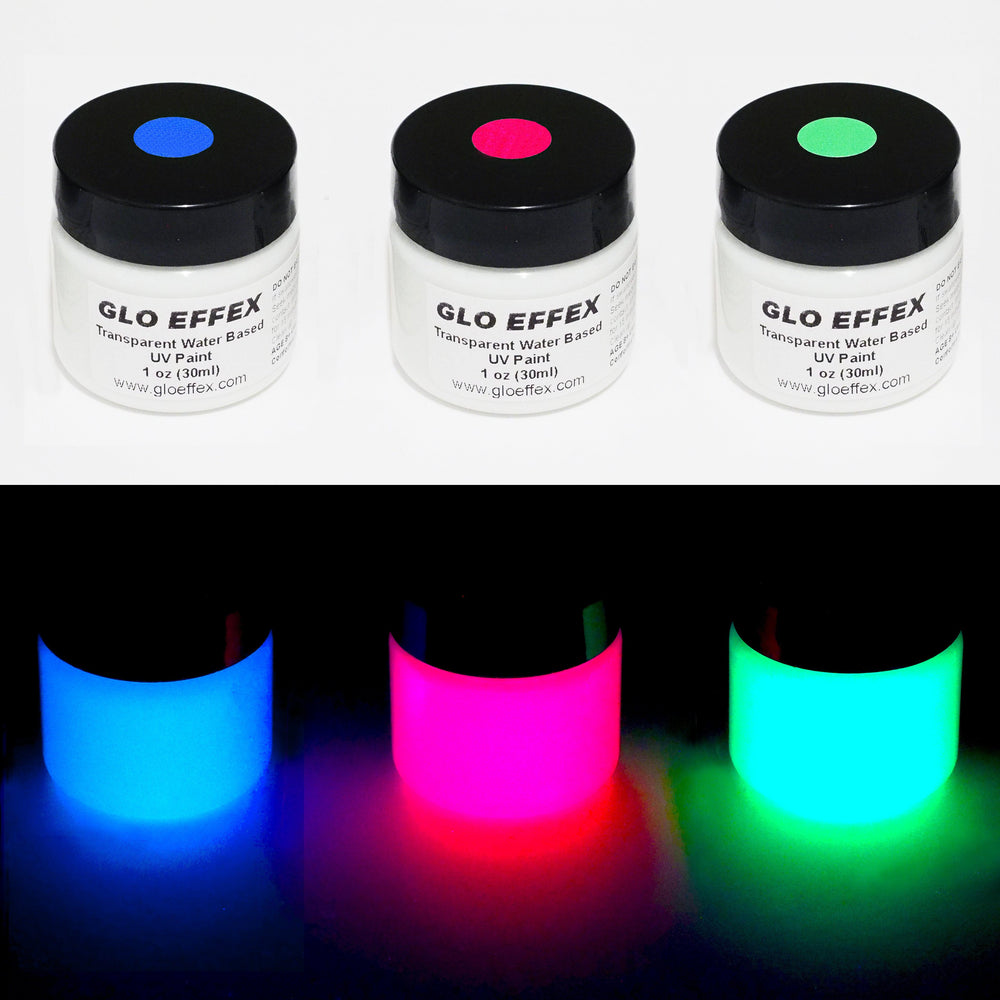
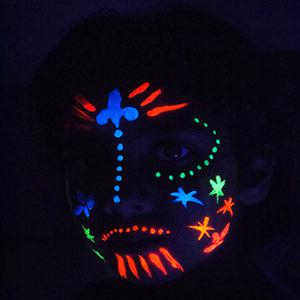
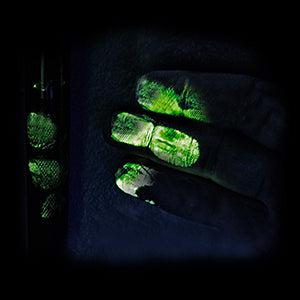
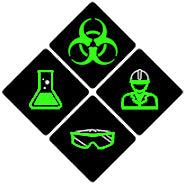
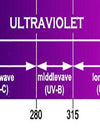
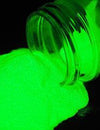



Awesome article man! I’m trying to understand how to make my glow in the dark stickers glow like the night sky in my room and this is exactly what I needed to know! Thanks a lot!